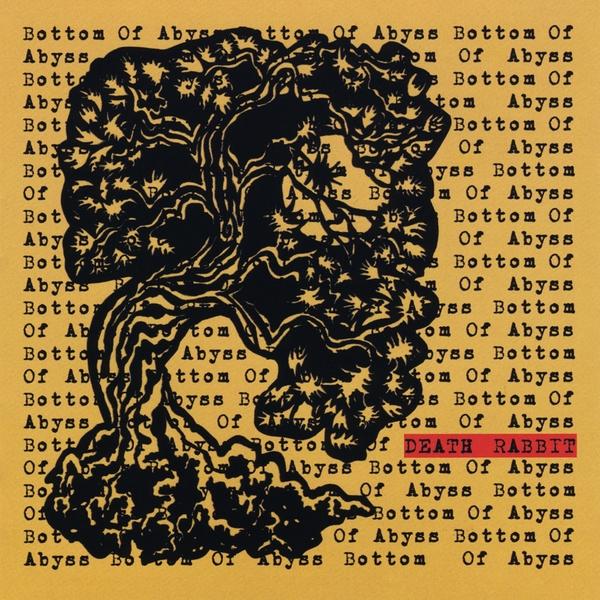
For thousands of years, Cannabis sativa, commonly called cannabis or marijuana, has been used for many different purposes. Due to its enormous medicinal values, increasing numbers of countries and regions have started to legalise the cultivation of this plant. When grown commercially, cannabis is most often produced in controlled environments including greenhouse and indoor growing rooms, to ensure consistent growth and high quality. Even for field production, propagation is frequently conducted in controlled environments. Commercial operations and individual growers who cultivate cannabis for personal consumption, require scientific information on how to cultivate cannabis most effectively and efficiently. To meet these needs, scientists have been conducting research on how to optimize cannabis cultivation both in small and large scales.
Handbook of Cannabis Production in Controlled Environments is the result of collaborations between some leading cannabis scientists and highly experienced practitioners. Featuring full-color illustrations and photographs throughout, this book covers a broad range of topics include cannabis biology; science and techniques for breeding and propagation; management and optimization of both aerial and rootzone environments; plant nutrition and nutrient disorder diagnosis; crop training and pest management; harvesting and post-harvest processing. Along with the basic aspects of controlled environment cannabis production, this book summarises developments in these areas that may challenge old beliefs and improve production.
Led by Editor, Youbin Zheng, President of the Canadian Society for Horticultural Science/La Société Canadienne de Science Horticole, this book is a practical guide for cultivators, consultants, and researchers; a reference for students; and an information source for individuals who grow cannabis for personal consumption.







